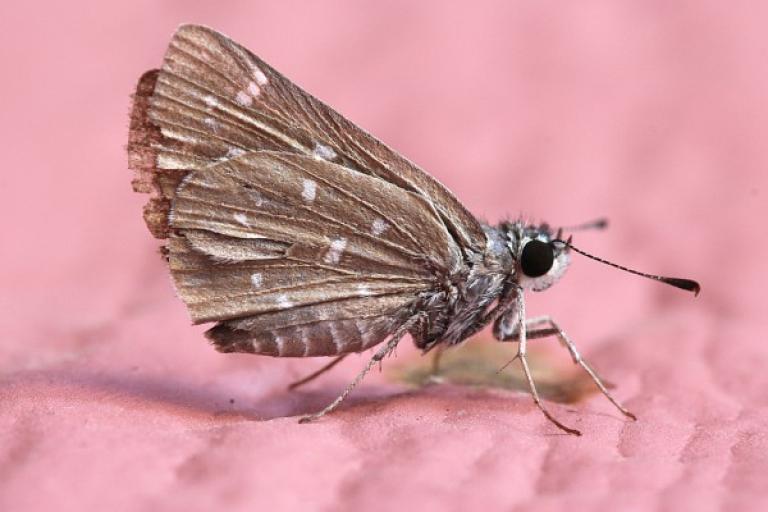Identifying clothes moths

The clothes moth is the most common fabric moth.
Adults are golden with reddish golden hairs on top of the head.
Their wings span around half an inch and are fringed with a row of golden hairs.
Where are they found?
Because these moths are weak flyers and not attracted to light, you can find them close to the infested items, such as in dark areas of closets.
The larva is the damaging stage of the clothes moth and feeds on:
- wool clothing
- carpets
- rugs
- upholstered furniture
- furs
- stored wool
- animal bristles in brushes
- wool felts in pianos
- fish meal in fish food
- cotton, when blended with wool
Signs of clothes moths damages
Damages usually appear in hidden areas of your clothes such as:
- under collars
- under cuffs
- in crevices of upholstered furniture
- in carpet areas covered by furniture
- in fabrics with food stains, perspiration, or urine
Home treatments for moths
An adult must be present before we start the treatment. You will have to leave your property during the treatment and return at least three hours later.
Treatments in your home involve:
- two visits, two weeks apart
- treating all affected rooms
- an advice sheet with information about the insecticide used, where we placed it, and any special precautions needed
Preparing your home for moth treatment
We may not be able to treat your home if you do not carry out the following.
Before the treatment you should:
- vacuum the whole house, especially areas where you have seen damages such as baseboards, cracks and crevices - dispose of the bag immediately after vacuuming
- dry clean or launder items in hot water at more than 60 degrees Celsius for 20 to 30 minutes
- put washed or dry-cleaned clothes in a sealed plastic bag
- move wardrobes, cupboards, and beds away from the walls
- unplug all non-essential electrical items
The above steps will also need to be repeated for the second visit.
Controlling a clothes moth infestation yourself
Clothes moths may hide on woollen garments or scraps stored for long periods. To prevent clothes moths, ensure your clothes are:
- stored properly
- periodically hung in the sun
- brushed along the seams, in folds and pockets
Brushing destroys eggs and exposes larvae. Larvae are strongly repelled by light and will fall from clothing when they cannot find protection.
